Introduction
Global strategic development of any commercial joint must recognize the significance of human resource personnel (Purushothama, 2012). Staff training and development are an effective tool for inspiring commercial growth. A concise development strategy must not be based on expansion only but must be focused on the need to endow the personnel with relevant skills. This strategic training report provides the steps of enabling H&M Company to affirm its position as a global leader in the retail sales of garments. (Andersen, 2007).
The current global commercial platform is experiencing humongous challenges; in this regard, strategic decisions must be made by stakeholders of H&M to inspire the changes that the company needs (Blanchard & Thacker, 2012). Moreover, the company must seek to equip the staff with the relevant skills to enable them to perform successfully in the global business arena. This report is focused on designing a training and development template for the advancement of the training needs of the personnel to render them relevant in their areas of work (Nordhaug, 2012).
Background of H&M
H&M seeks to establish itself as one of the front players in retail sales of clothes. The company puts emphasis on the need to propagate sustainable development in terms of its economic, social and environment precepts. The companies headquarter in Sweden. Nonetheless, the firm has witnessed massive growth that has seen it expand its activities beyond Sweden. Its focus on approaching the global market has been boosted by its decision to introduce fashionable clothes in its stock. This strategy has not only performed well in terms of heightening the revenue collection for the organization but also established it as a brand in the stocking of fashionable wear.
The company employs 116, 000 direct employees. Its presence is spread around 53 nations in the globe. This huge human resource capital and regional presence earmark H&M as a very vast establishment and a serious player in the market. (Hong, 2004).
The internal context of H&M: strategic capability
H&M is ranked as the second-largest retail stockist retailer of fashionable clothes on the globe. To retain its spot as a leading player in the global commercial market, H&M has instituted several approaches. With enhanced training for its personnel, the firm is anticipated to take a leading role as a global player in cloth sales. It is projected that strategic training for the staff is the goal for the company to surpass its target of being the pacesetter in the global market.
H&M is a firm believer in “entrepreneurial spirit.” As listed in its core values and commercial principles, H&M focuses on the need to invariably improve the quality of its merchandise and incessantly alter its business approach for maximum growth. The desire to improve constantly is based on strategic assessment models of the ever-changing demands of the client; this is one factor of improvement that H&M has acknowledged
External context: porter’s five forces model
Being a global brand, H&M experiences great challenges in its desire to pursue growth. Issues like foreign exchange imbalance have had a very strong influence on the balance of business for the organization. H&M is well aware of the extrinsic factors, which are in direct connection with any business model that they institute. In this regard, proper leverage is mandatory to limit the impacts of these poignant factors that threaten to impair the business approach of H&M
Analysis of H&M using Porter’s five forces model
Potential new entrant
The fashion industry is considered as one of the most volatile industries. Global preferences are in constant change, and there is a threat of new entrants in the market. H&M has to contend with this reality and institute insulator measures against any potential entrant. The new players are likely to have a competitive advantage in terms of pricing; this is highly likely to shift market dynamics since a sizeable portion of the market may be practically “whisked” away by the new entrants.
Substitution
The risk of outsourcing business to “stand-alone” designers is a real “commercial tragedy” for H&M. “Standalone” designers are cheap due to very little overhead costs of the business. Buyers are likely to shift attention towards these other stockists. Sealing the “pinholes” of substitution of its services and products would require intense creativity from the firm. The organization must be cognizant of the demands and preferences of the customer in order to meet the demands of the clients.
Competition
Currently, H&M enjoys a relatively sizeable portion of the market. However, it faces very stiff competition from other rival firms like DEBENHAMS, who are keen to share their market niche at all costs. The firm has to cushion itself against this competition from its business rivals. Training and development of its personnel, coupled with consumer research is a pioneering step in retaining and even expanding its market portfolio
Buyer and supplier power
An analysis of its buyers and suppliers is cardinal to establishing the competitive potent of H&M. The regional location of H&M chains and production sites take into account the impact of cost discounting on profit margins. To maintain the markup, the company has strategically placed its production sites at vintage locations. The company must seek to cut down its operational costs and recurrent wages to achieve this goal.
Illustration of H&M’s Porter’s five force
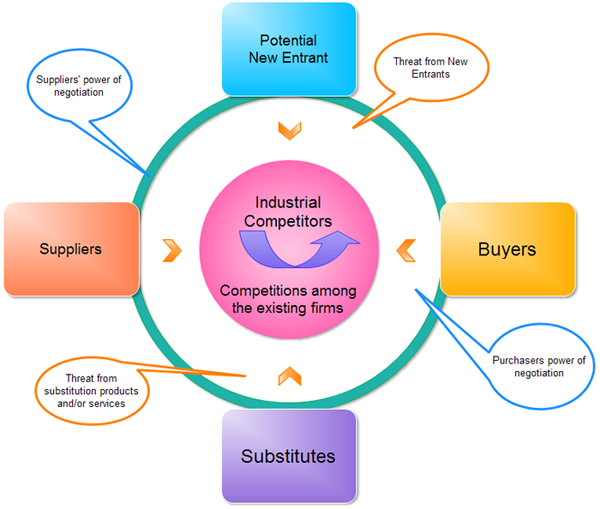
SWOT ANALYSIS
Strengths
- Huge asset base.
- Huge global presence spreads the risk.
- Presence of both skilled and unskilled labour.
- Massive market presence.
Weaknesses
- Stiff competition from other organizations for the market share.
- Rigid operational models.
- Huge workforce poses management.
Opportunities
- Dedicated human resource capital.
- Established market portfolio.
- Established market brand.
- Large financial /asset base.
Threats
- Competition from other organizations.
- Volatile forex market.
- Global economic slump.
- Huge operational costs from the widespread global stores.
HR context and organizational structure
H&M has an army of the workforce to enable it to push the agenda of the organization. The organizational model of the human resource is structurally adequate to meet the needs of the company. However, the vagaries in the corporate world need a strategic scheme to navigate. In line with its expansion programs and strategies, the company must be aware of the robust input of the human resource that it has in the propagation of this strategy (Brook, 2007). Currently, the company is adopting a relatively liberal global human resource management model where each region has its leader who reports to the headquarters..
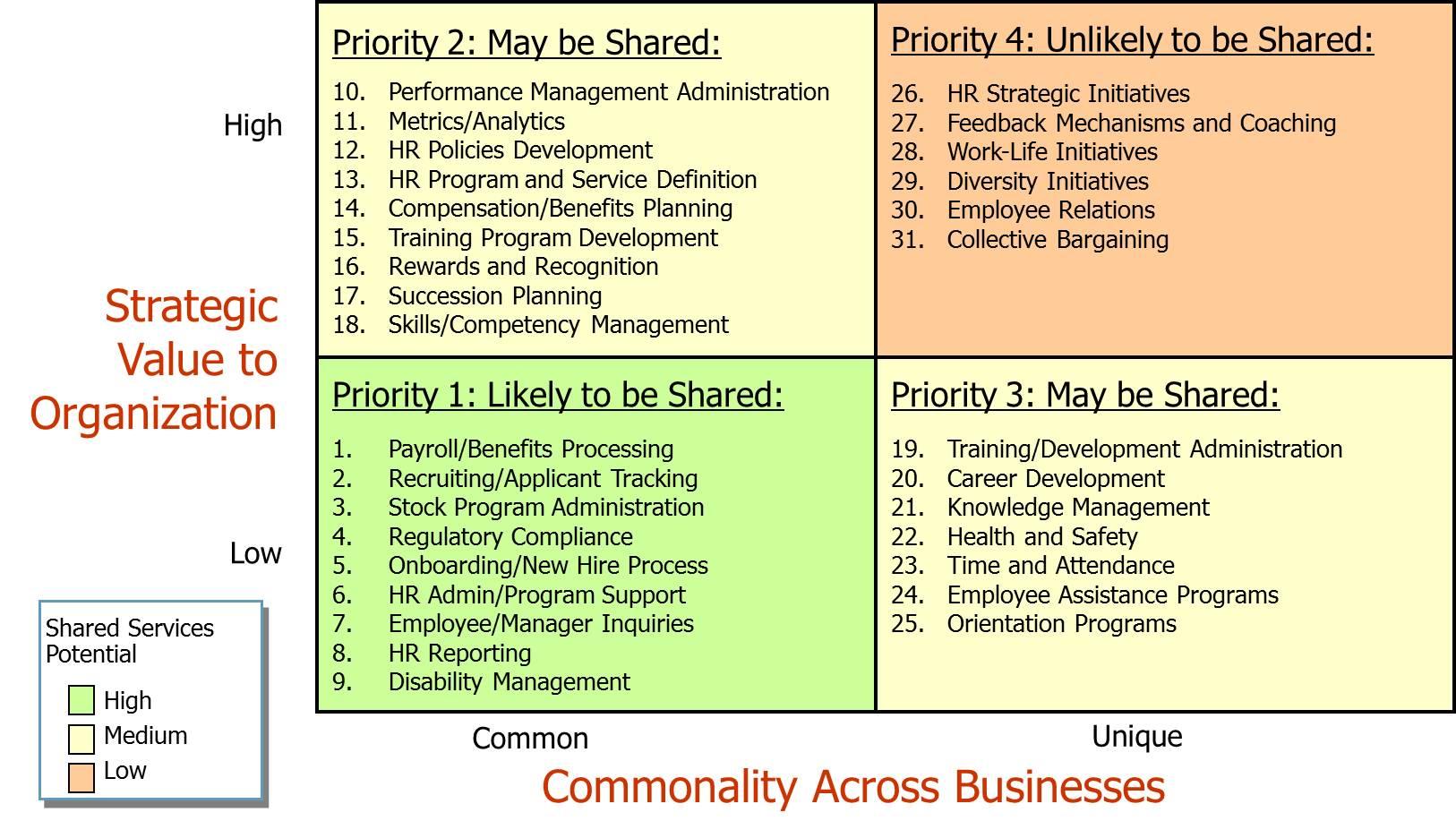
Training and Development Design
Designing the manual focused on the analysis of the need is required to restructure the human resource for it to meet current global needs. The framework below forms the basis of this training design for H&M.
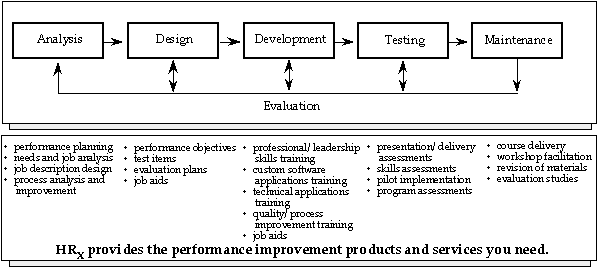
Assumptions
The design of the training program assumes that the personnel are well endowed with the challenges in the market. The primary assumption is that the staff is very critical to the existing business morphology and is capable of relating the theoretical and conceptual framework of their training.
Design
The training program must aim to fit into the cultural context of the affiliate stores. The global strategy of the company takes into account the differences in cultural, social, and economic issues in other global markets. The design must capture these needs in depth.
Development
Development of the program must be oriented towards employee development. This will seek to refine the skills while on job. Programmes should run smoothly with the working schedule. H&M will adopt very effective job skills anchored on the need to patch the voids in the operations of the company.
Testing and maintenance
Any change in the training manual must be followed by a very solid testing procedure. The tuition is gradually rolled as per the departmental schedule agreed upon by the human resource department. Later, efficient evaluation and assessment models would follow the testing and implementation processes.
Vision of the strategy
The training focuses on the need to equip the staff of H&M with relevant skills to navigate through the dynamic global market.
Training Needs Analysis
OOP framework
Organizational level
At the organizational level, the training will focus broadly on the need to draft a more inclusive training approach for the leadership of H&M. The focus of the organizational level training targets the board of directors and the top-level management of the organization. The need to draft “SMART” business targets, resource mobilization, and administrative management regarding human resource will be emphasized.
Operational
Operational training framework has its synergy towards the management of the general operations of the firm. Operational training focuses on the efficient management of the production processes and the need to make the process very lean. The training rubric entails the cost accounting models to have a profit oriented production process.
Personal
The need to set targets and work to achieve them should be instilled in staff at a personal level. The inter personal skills are fundamental in the overall achievement of the corporate goal.
Best Practices Training Methodology
Training and learning theories that inform best practices
Behaviourism
This theory focuses on the need to motivate the personnel. The need to get positive responses is a universally acclaimed motif that helps in transformation of behaviour. The concept is to initiate rewards for the personnel who are “on job” to motivate them to pursue the pedagogical objectives. Through both operant and classical conditioning, the success of any training model discussed above is almost assured (Bigge, 2012).
Current trends in training
e-learning model: the training may adopt disruptive technology to advance the training objectives. The cost implication of using the virtual method makes it an obvious choice, it is also a very comfortable training model. However, the e learning platform requires very skilled labour to manage in addition to the heavy investments in the initial establishment of the process (Facts About H&M, 2014).
Training methods of H&M
Other training methodologies available for H&M to pursue include the below listed models. However, it is prudent to highlight that there are several other variables that come with these models (Bailey, 2011).
- Simulators.
- On job training.
- Lectures.
- Group discussion.
- Role playing.
- Management games.
- Outdoor training.
- Multi media.
- Case studies.
The methodology of training shall follow the rubric below for optimal achievement of the objectives of the training
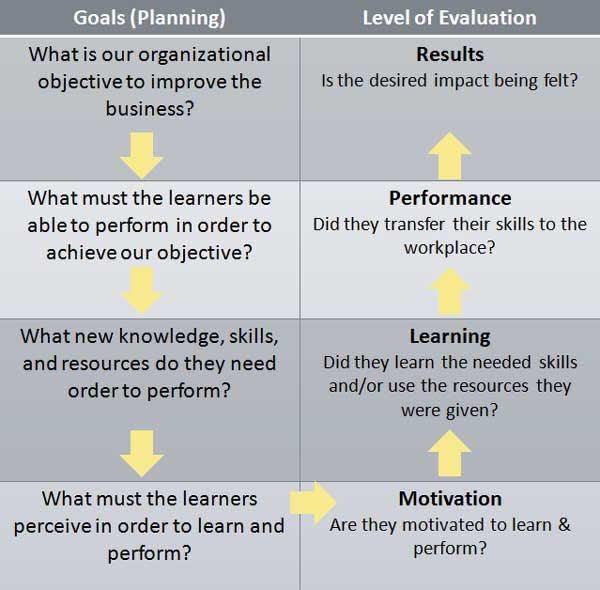
Coaching and mentoring: The GROW model
Based on the grow model, the training will strive to overhaul the ineffective training models and establish an effective goal oriented pedagogy that will ultimately deliver the desired objectives.
Goals
The primary goal is the establishment of a perceptive human resource work force that will strategically inspire the growth of the firm. In addition, it focuses on the institution of effective models and institution of training for the personnel without interference with the work schedule
Reality
Current training models are not structurally crafted to reflect the general dynamics of entrepreneurship in the global commercial climate.
Options
Institution of an “on job” training program that takes into account cultural and economic issues in the society is the primary option to pursue. The model can either be locally instituted or pursued by a management consultant
Way forward
Establishment of training program for the personnel of H&M in all the company affiliates on the current market situation.
Program of Work
Leadership development
The leadership development program is focused on endowing the staff with the necessary skills required to see beyond the obvious. It shall focus on strategic planning for the future growth of the company and inspiration of the advancement agenda of H&M. the leadership development program will target the directors of the organization (Shan, 2012).
Leadership development plan
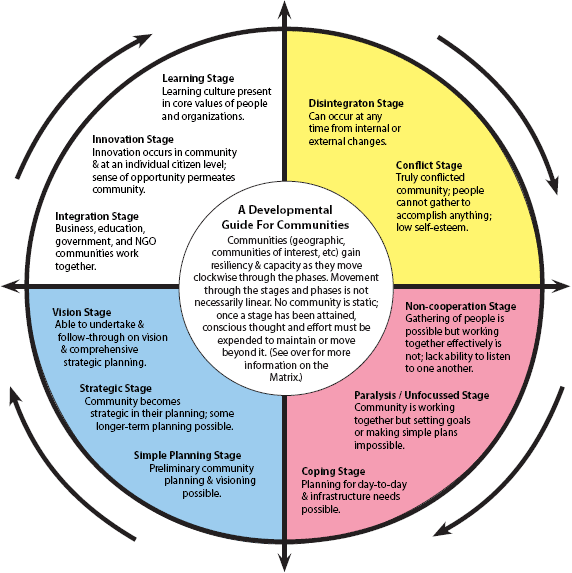
Management development
Management development is directed towards mentoring managers who will be in charge of the administration of the visionary statement as established by the leadership generation. The managers are responsible for the “presidency” of the goals of H&M. in this regard, the training should focus on the administrative and ethical issues that surround the management concept (Wilson, 2009).
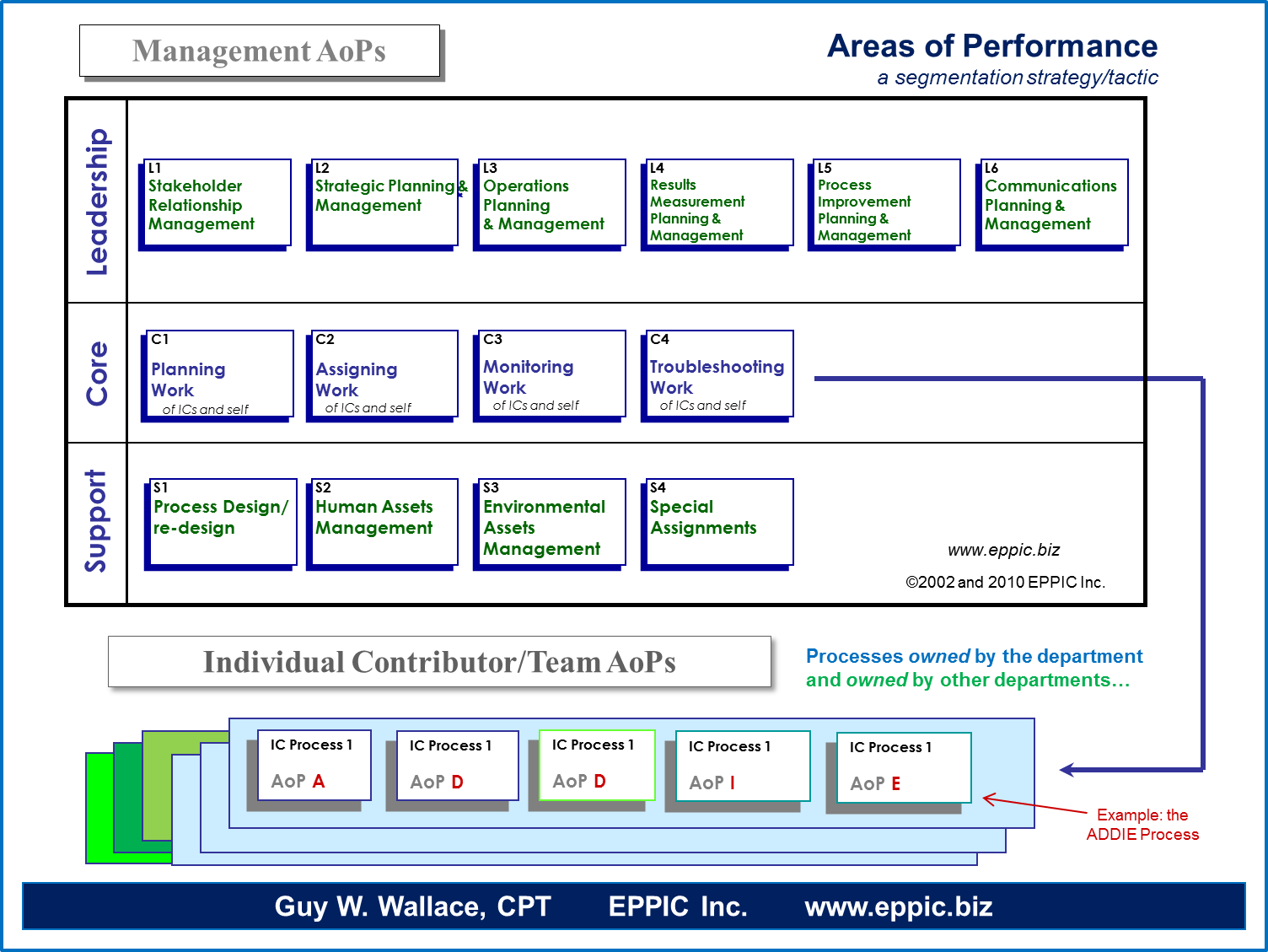
Technical developmen
To advance the technical capability of the technical staff, H&M must continually retrain the technical staff. Skilful planning of the training involves hands on experience by the staff members. It is imperative that the technical personnel is capable of handling the machinery with a “business mentality.” This would drastically lower the cost of business in regards to machinery and production
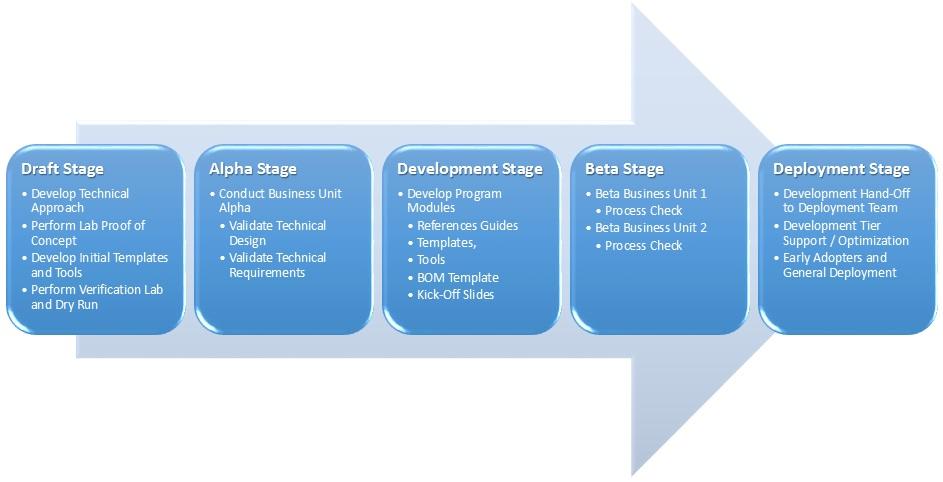
Evaluation
Evaluation of the training employs the use of Kirkpatrick’s four level assessment plans. Based on the variables listed below, the learning outcomes shall be evaluated singularly to establish the objectivity of the training
Reaction
The training model captures a concise determinant of the reaction towards the established program. In need analysis, the position of the staff is established regarding their response to any change to be effected. The response of the personnel helps in analysing of the impact that the training is likely to have on the staff.
Learning
The evaluation takes into account the goals of the training versus the learning outcomes. Various assessment models used must focus on the need to establish the outcomes of the training process. The execution gap focuses on the extent of impact that the training has reached the staff
Behaviour
This is pursued by reviewing the objectives of the pedagogy versus the behaviour change. The analysis involves the evaluation of any behavioural change attributed to the instructional models as established by training. A manual of behavioural objects should be the marking point of this evaluation model.
Results
The sum total of the entire outcome expected is the indicator of the expected results in the training. H&M will have a rubric for the expected result and establish a marking point for the expected performance
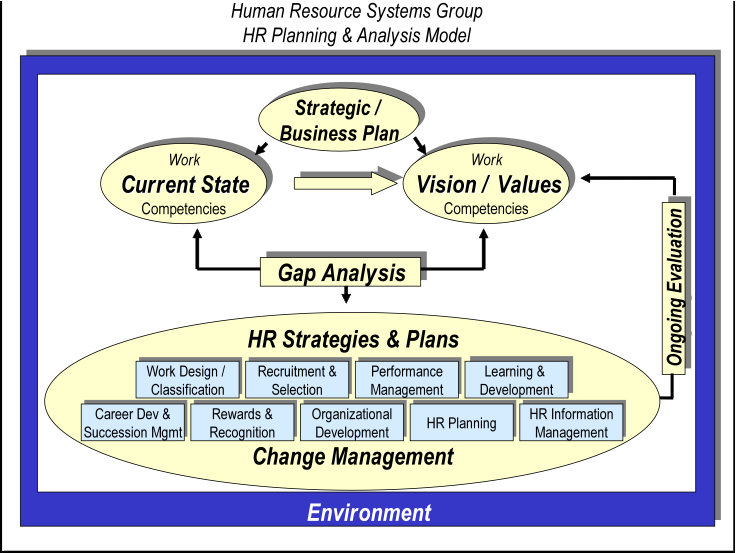
Risk Management
Extensive employee training program capitalizes on the trainability of the personnel and advancing the talents of these personnel (Collins & Bruce 2012). The significance of the training and development program in advancing the performance of employees is undisputable; however, the financial obligation used in training may not be recovered in cases of employee poaching. The risks associated with personnel flight after training is real. H&M must put in place very solid legal provisions to “retain the personnel’ (Lewis, 2009). Good remuneration package and other “on job” benefits are some of the employee retention avenues that H&M could employ in ensuring that the value of their training is got through long term engagement with the staff
Conclusion – Next Step
Personnel’s training is an investment that H&M must pursue to advance its growth and development portfolio. Long-term benefits of a skilled human resource give any corporation a competitive advantage especially in strategic decision-making process (Kramar, 2014). H&M must continually seek to affirm their support for their staff through structured training programmes curtailed to fit the market needs (Horwath & Morrison, 2009).
References
Andersen, B 2007, Business process improvement toolbox, 2 end ed., SQ Quality Press, Milwaukee.
Architecture Case Study – Part 2. Web.
Bailey, D, 2011, ‘In-service training: A staff development programme’. Education Training, vol. 9 no. 10, pp. 433-435.
Bigge, M. L 2012, Learning theories for teachers, 4th ed, Harper & Row, New York. Blanchard, N. P & Thacker, A. W. Effective Training: Systems, Strategies, and Practices, Pearson Education.
CCP Handbook – Comprehensive Community Planning for First Nations in British Columbia Second Edition. Web.
Collins, T & Bruce, T 2012, Staff support and staff training, Tavistock, London.
Facts About H&M n.d. Facts About H&M. Web.
Guy W. Wallace 2011. DIY Management Development – Or – DIT Management Development. Web.
Hong, J 2004. ‘Technology Transfer and Human Resource Development’, Industrial and Commercial Training, vol. 26, no. 11, pp. 17-21.
Horwath, J. A & Morrison, T, 2009. Effective staff training in social care: from theory to practice, Routledge, London.
Instructional System Design (ISD) Model. n.d. Human Resource Prescriptions. Web.
Kirkpatrick’s Four Level Evaluation Model. Web.
Kramar, R 2014, ‘Beyond strategic human resource management: is sustainable human resource management the next approach?’ The International Journal of Human Resource Management, no. 25, vol. 8, pp. 1069-1089.
Lewis, P 2009, ‘Skills, Training and Human Resource Development: a Critical Text ? By Irena Grugulis’, Human Resource Management Journal, vol. 17, no. 3, pp. 307-308.
Lussier, R. N & Hendon, J. R 2013, Human resource management: functions, applications, skill development, SAGE Publications, Thousand Oaks.
Nordhaug, O 2012,’ Human Resource Provision And Transformation: The Role of Training And Development’, Human Resource Management Journal, vol. 1, no. 2, pp. 17-26.
Purushothama, B 2012, Training and development of technical staff in the textile industry, Woodhead Pub, New Delhi.
Shan, L. M. 2012, Sustainability Report 2011. China Weekly News, p. 33.
Wilson, J. P. 2009. Human resource development learning & training for individuals & organizations, 2 end ed, Kogan Page, London.
